Hospitality Finance: Cost, Profit, Cash Control, and Variance Analysis
VerifiedAdded on 2023/03/24
|21
|1605
|46
Report
AI Summary
This report delves into the financial aspects of the hospitality industry, specifically focusing on cost analysis, profit margins, cash management, and budgetary control. It begins by outlining the key elements of cost, including direct materials, direct labor, direct expenses, and overheads, and then moves on to discuss profit margins and sales price determination. The report then explores various methods for controlling cash and stock within a business environment, emphasizing budgeting, setting targets, proper authorization, and physical control of cash, as well as techniques for inventory control such as minimum stock levels, stock reviews, and just-in-time inventory management. Furthermore, the report explains the process of budgetary control, from consulting with managers to taking remedial actions, and provides a detailed analysis of variances between actual and budgeted results, along with suggestions for improvement. The report concludes with an analysis of variance, focusing on a case study of a steel spoon manufacturer named Ciprian, and provides suggestions for improvement in production, marketing, and labor training. The report offers a comprehensive overview of financial management in the hospitality sector, providing practical insights and strategies for effective financial control.
1 out of 21
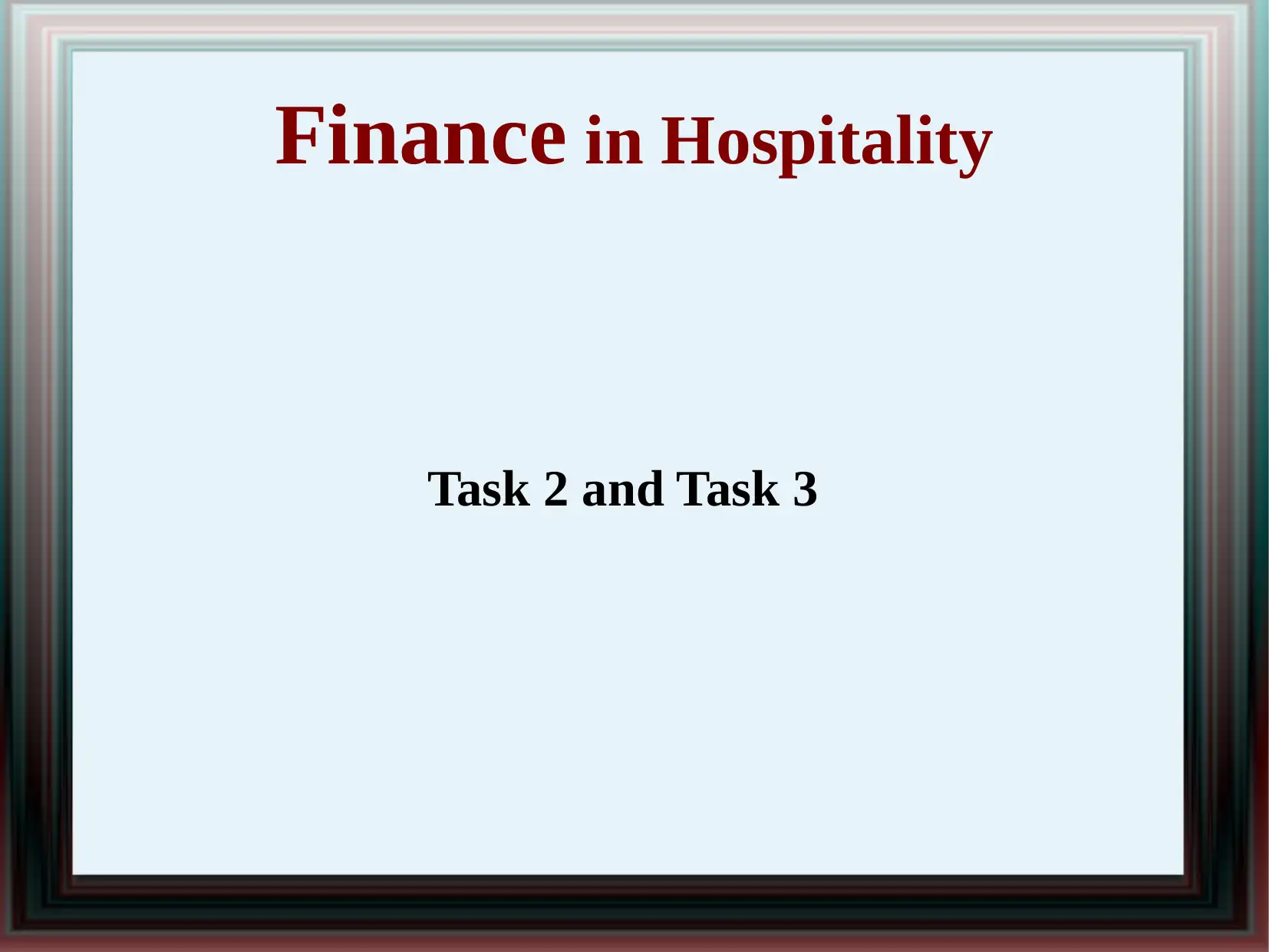
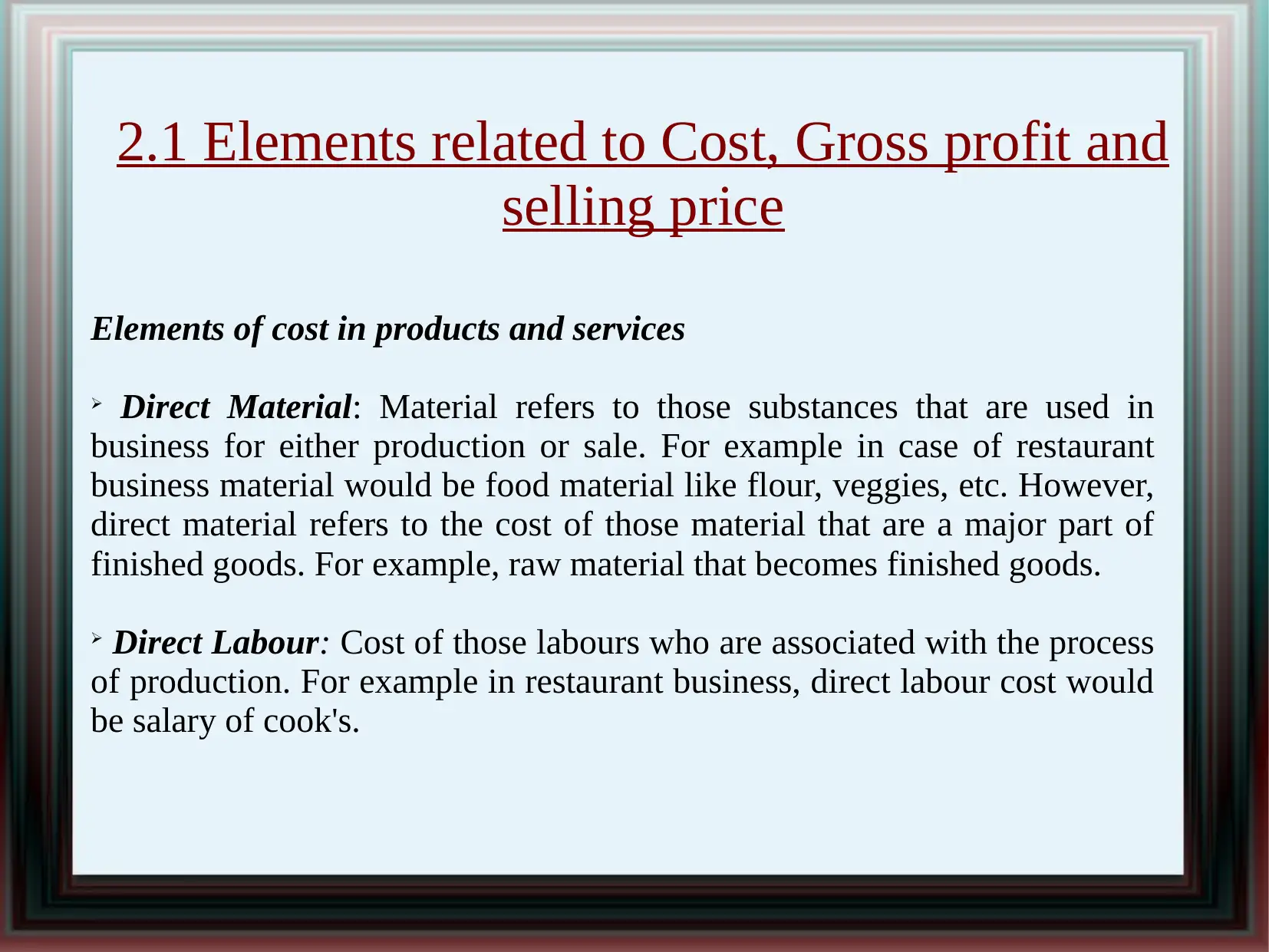
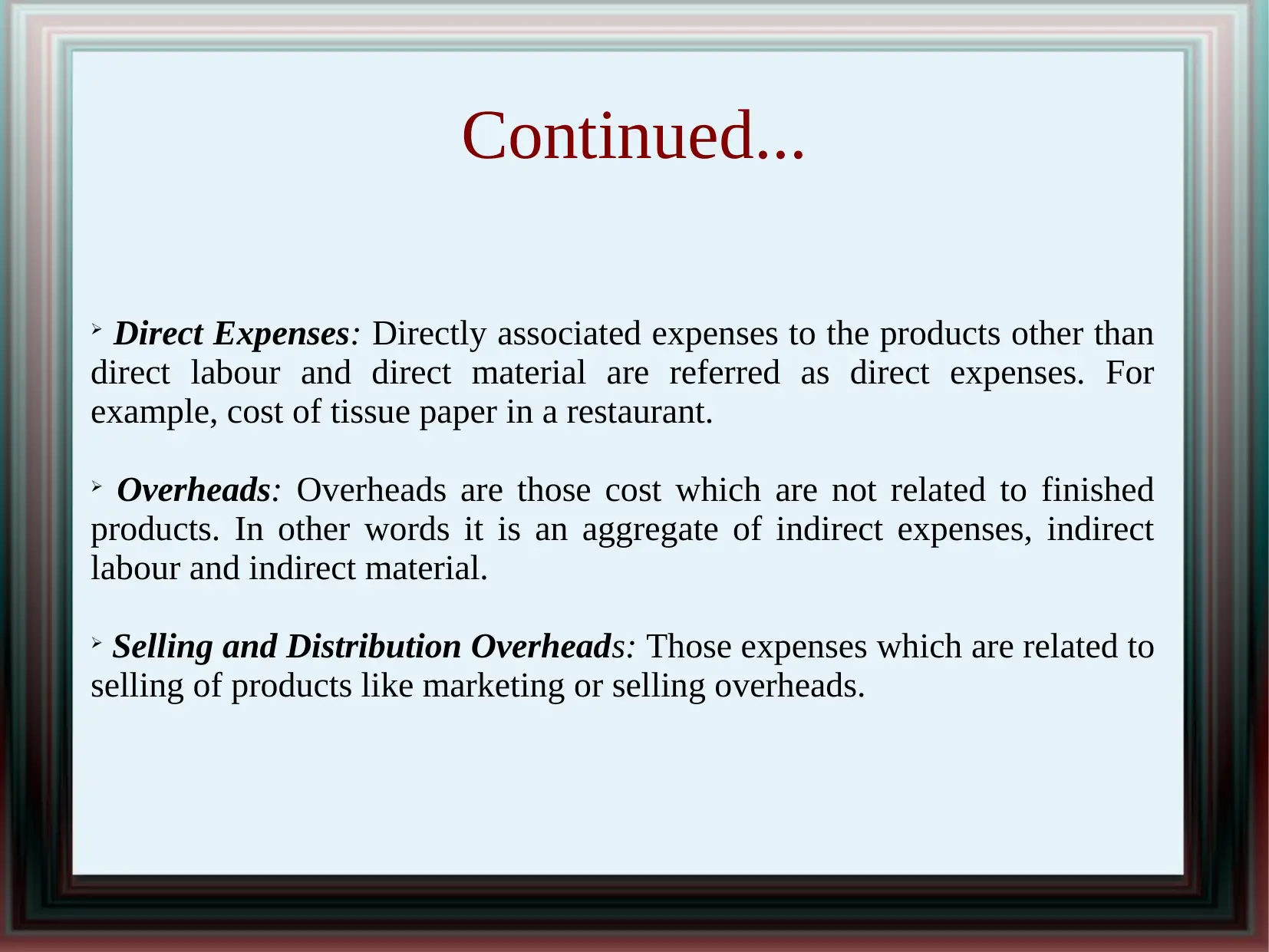

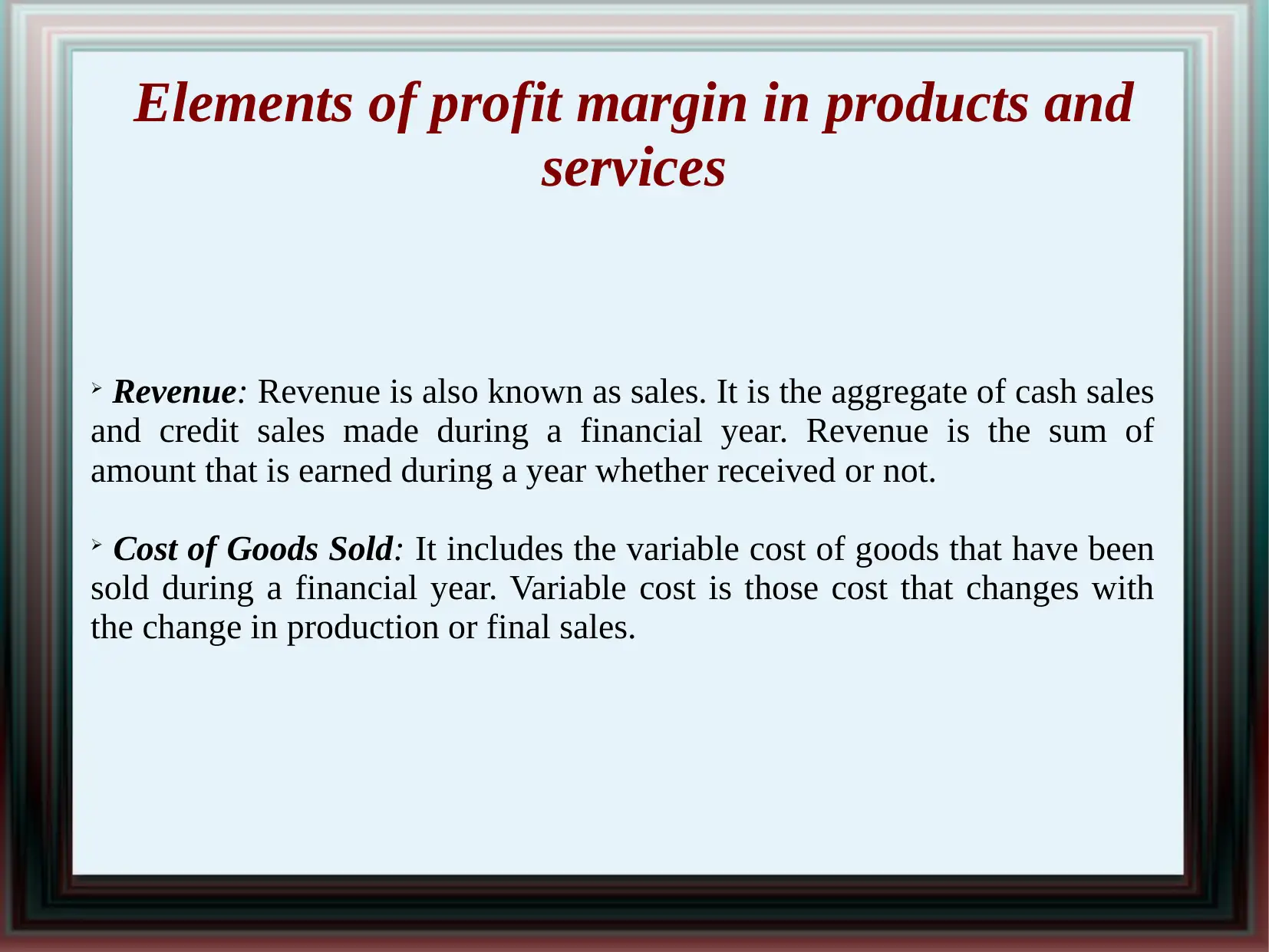
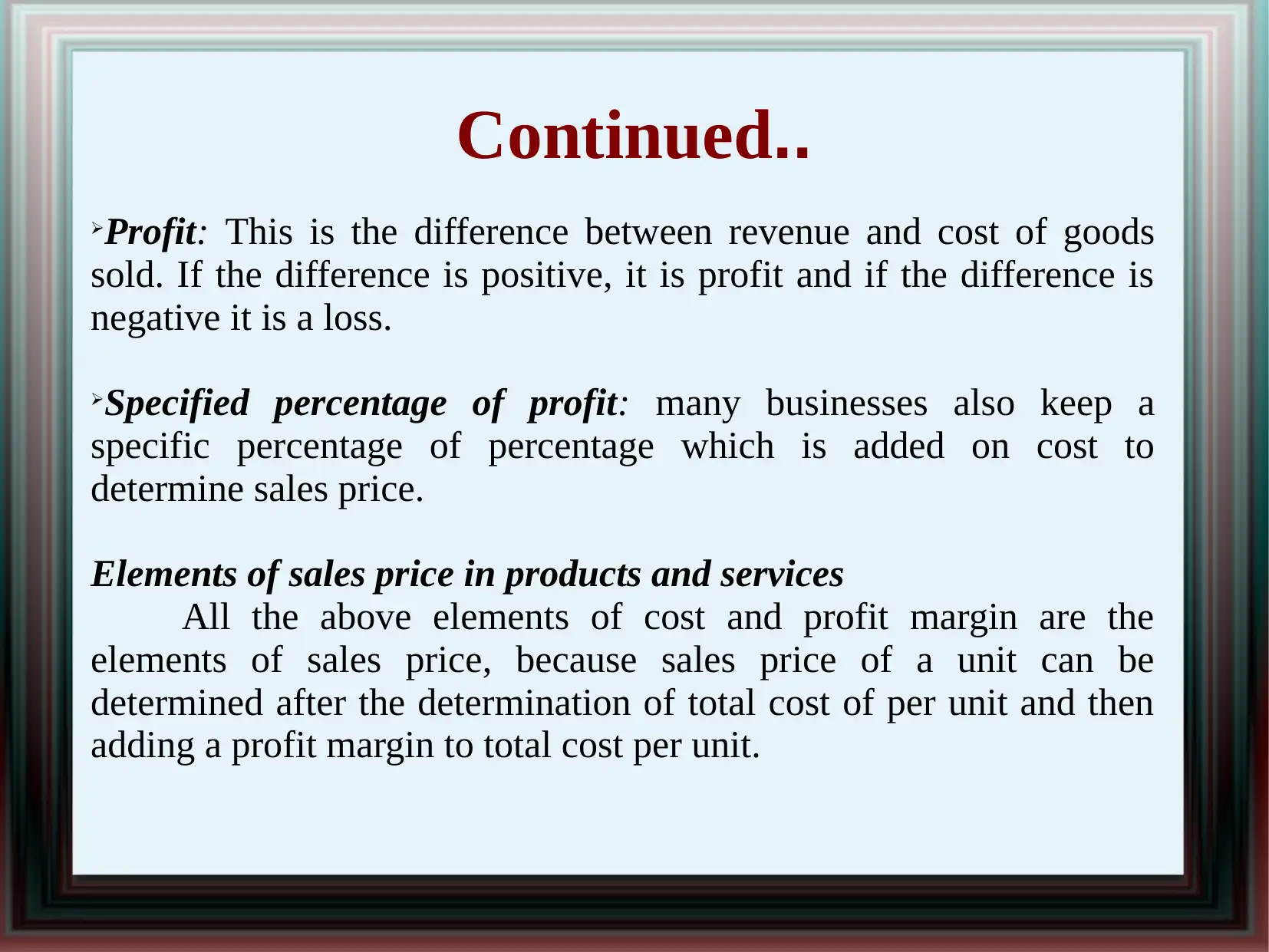
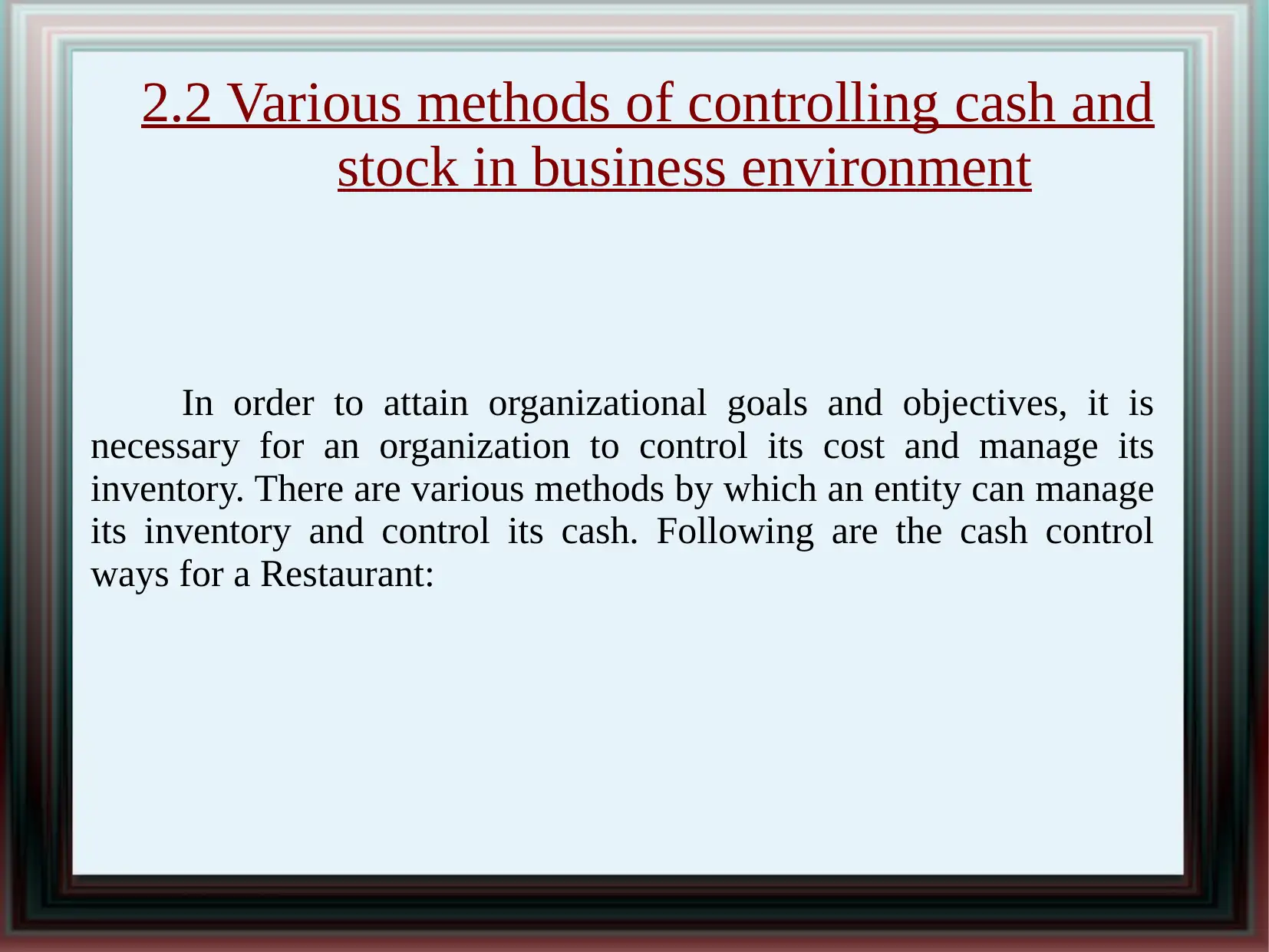
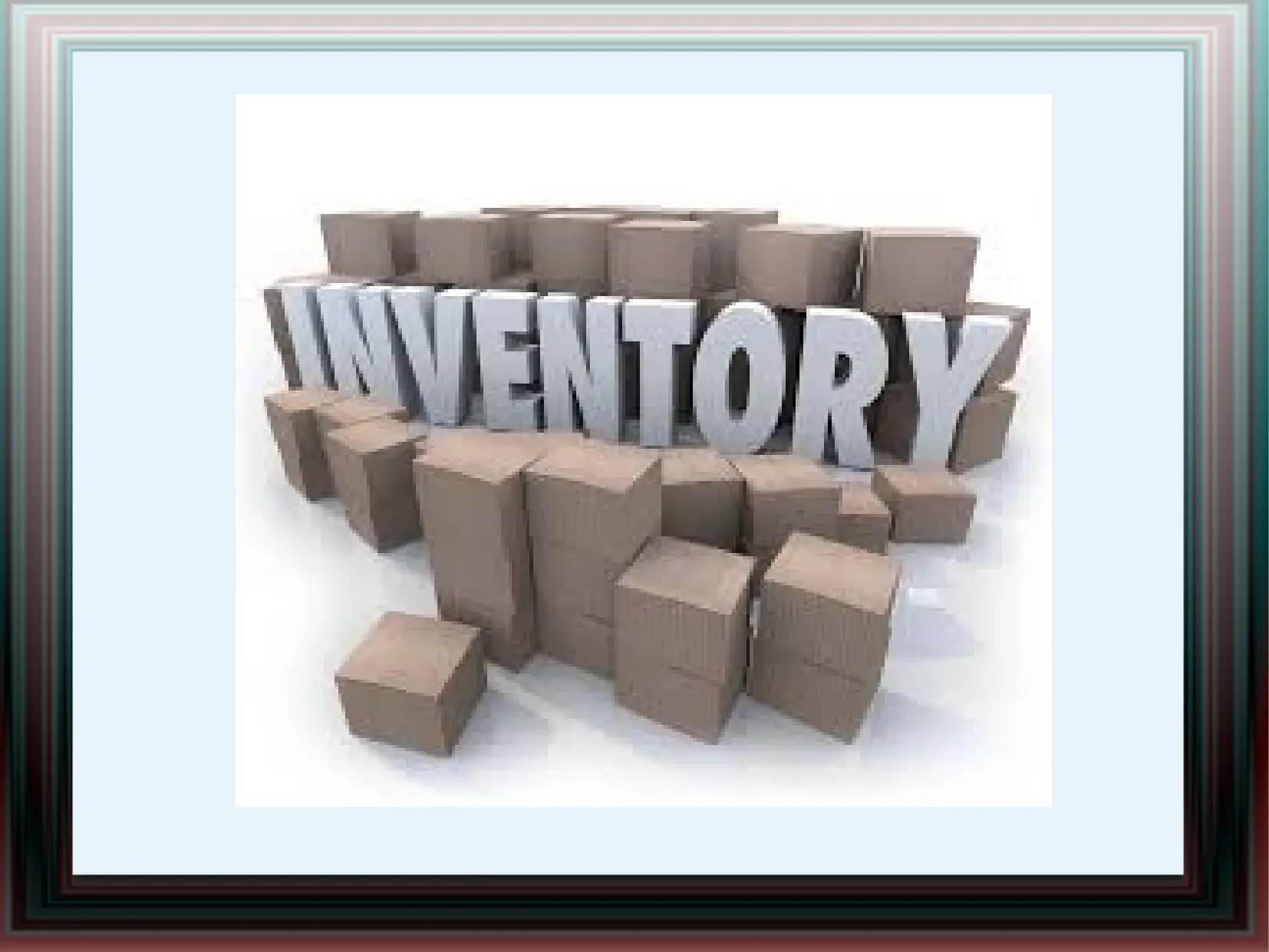

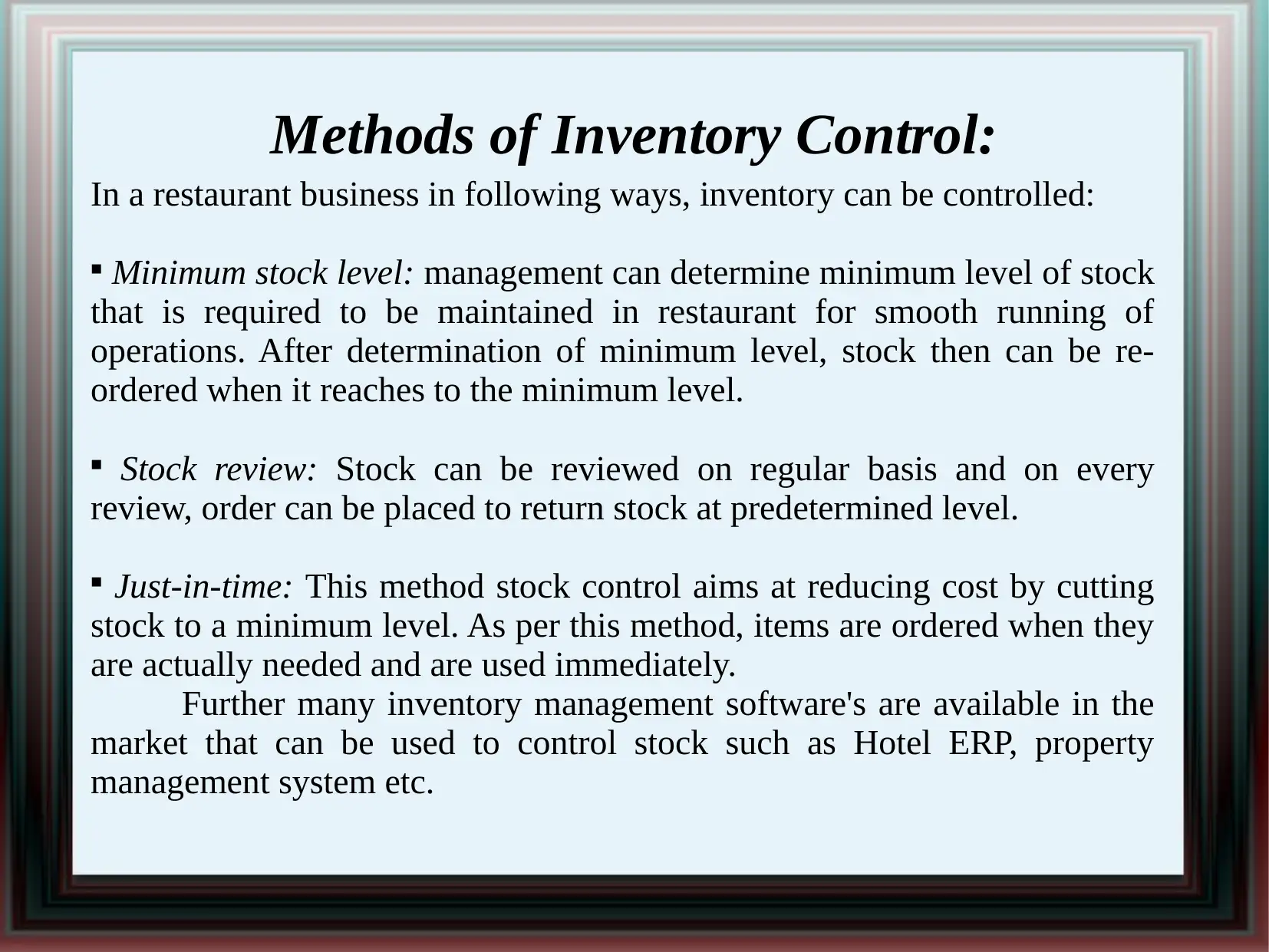

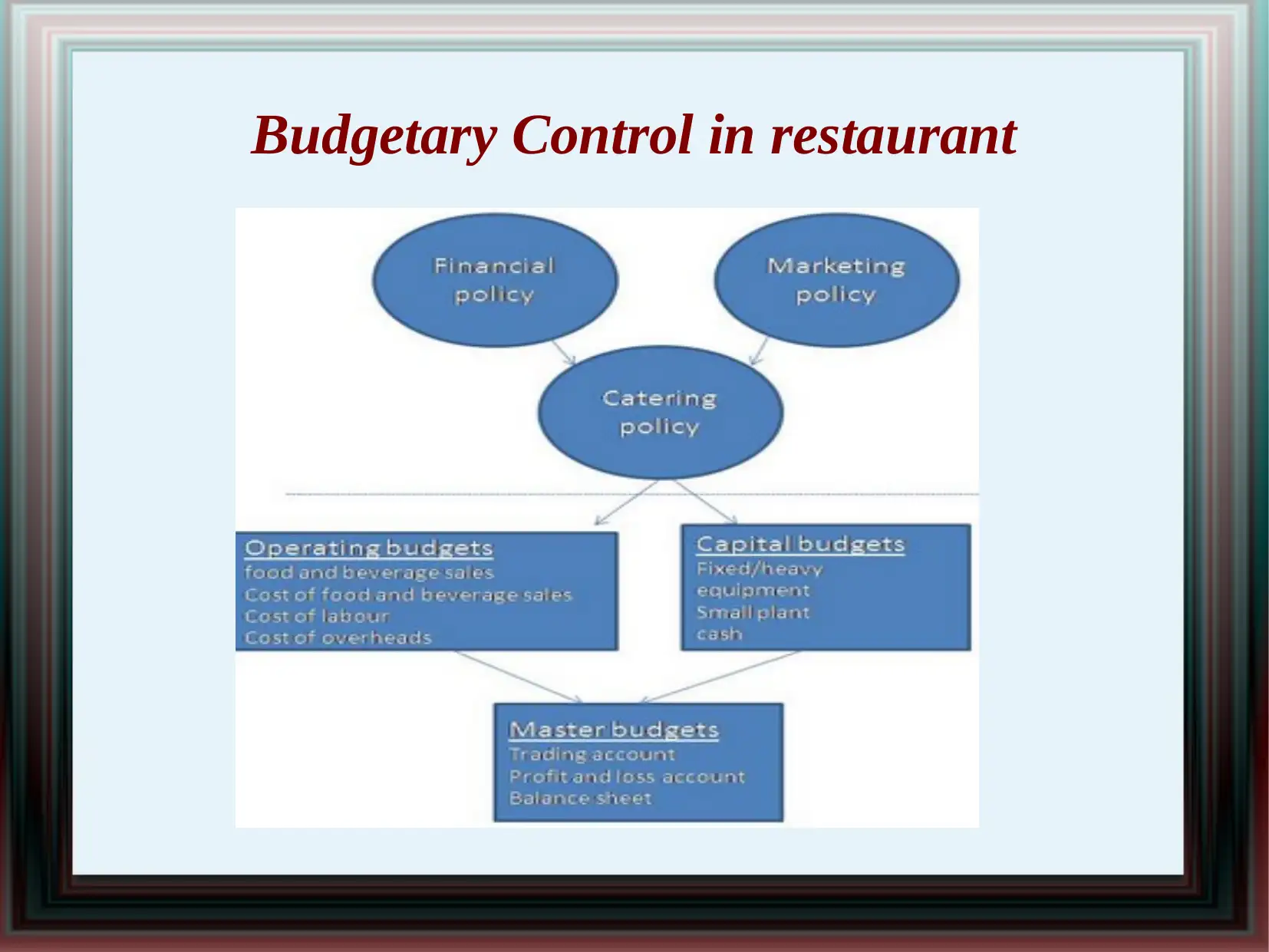
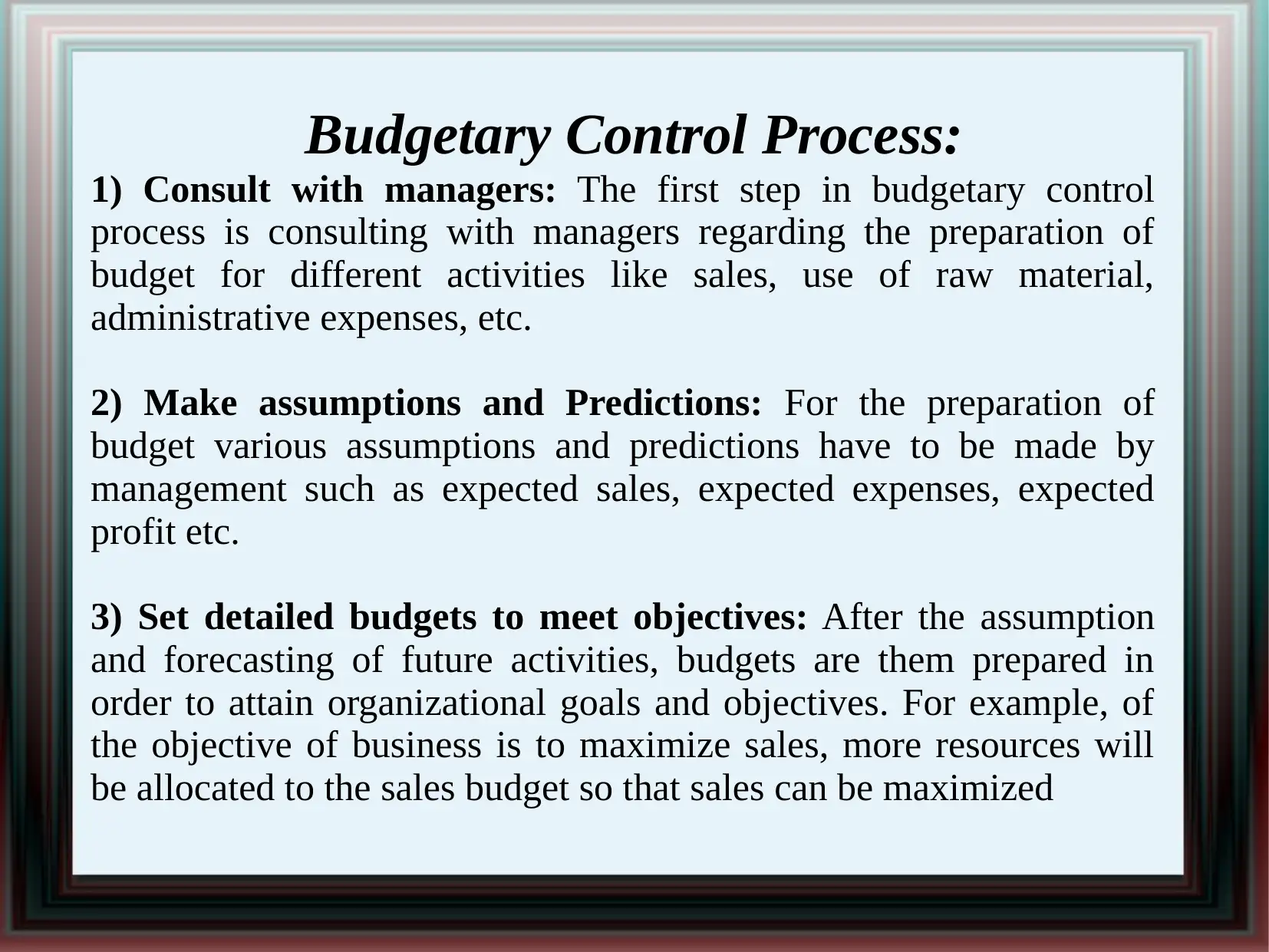






![[object Object]](/_next/static/media/star-bottom.7253800d.svg)